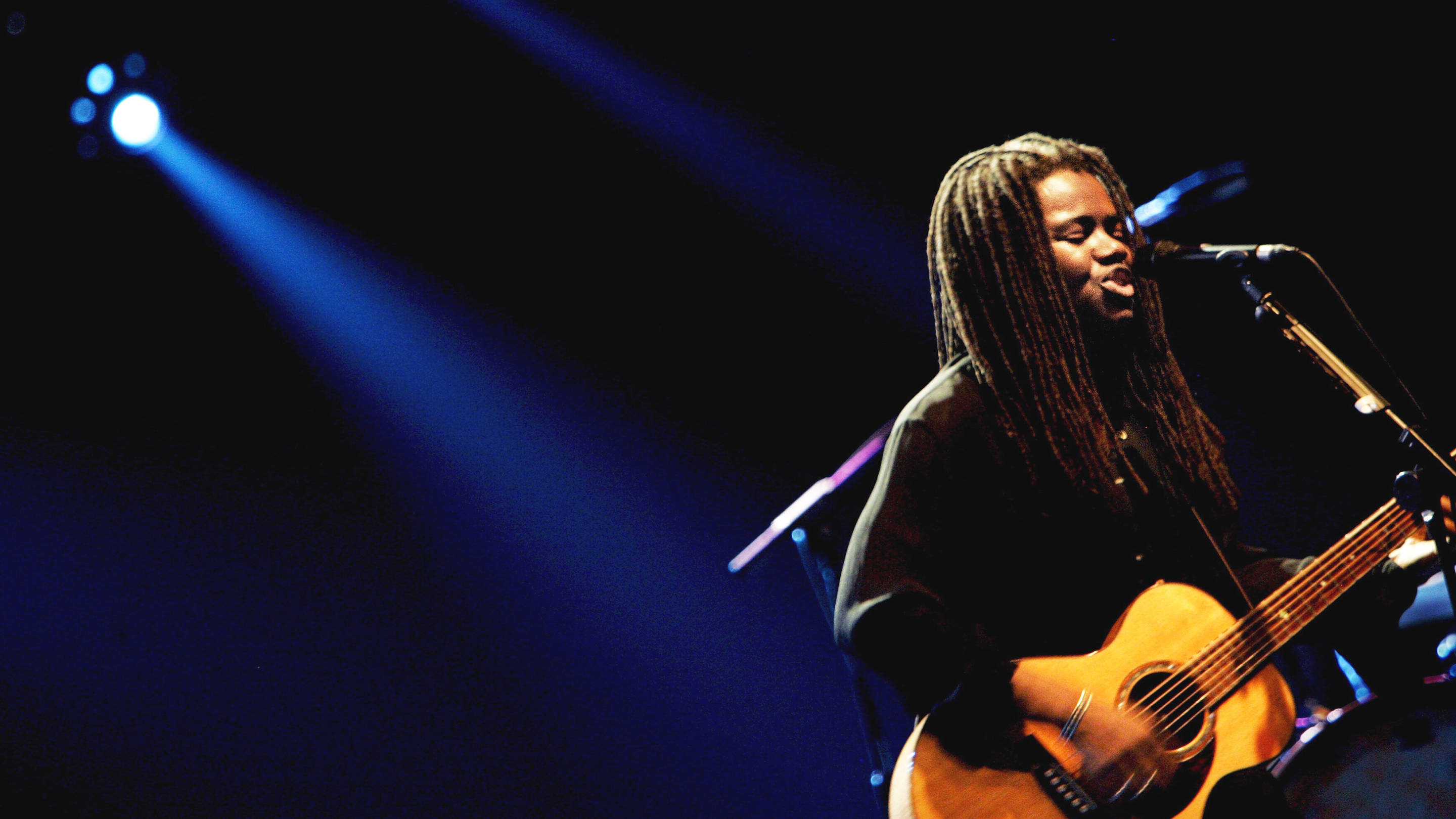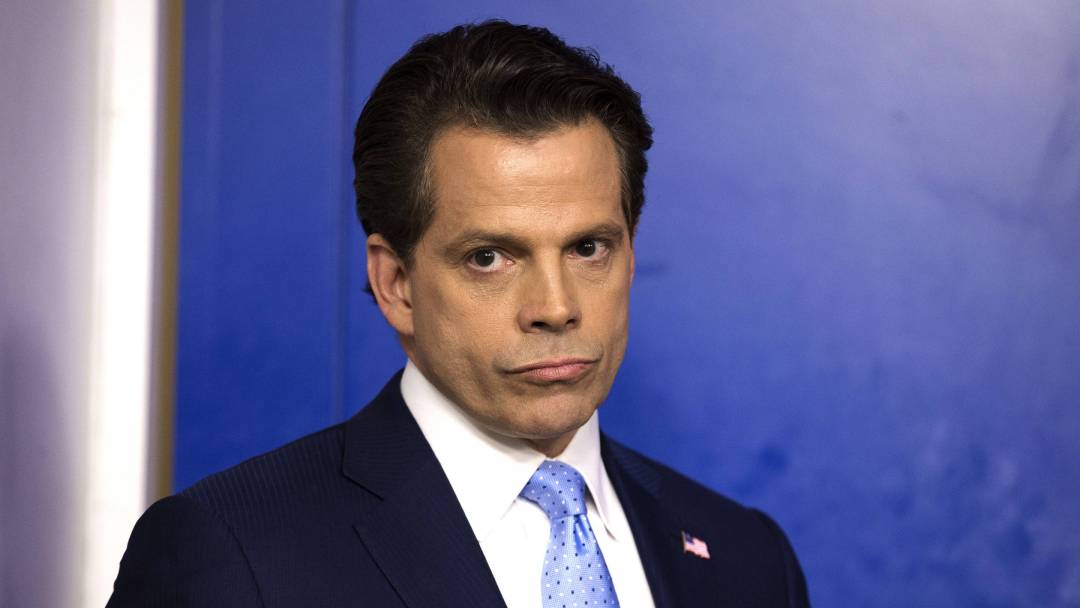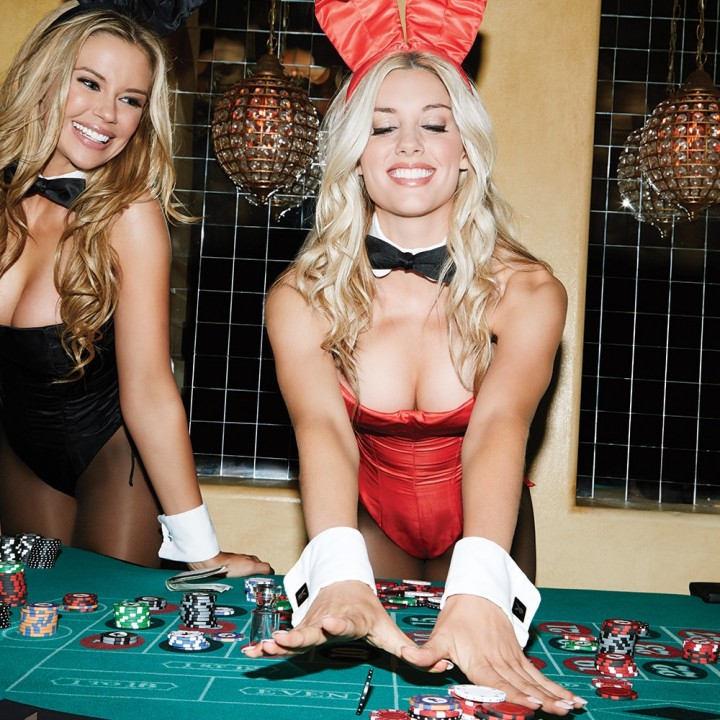
From Gertrude “Ma” Rainey to Tracy Chapman: The Birth of the “Celesbian” in Blues
What makes certain genres "lesbian" and who gets to decide?
Those who don’t consider themselves straight often look to openly gay or queer public figures for suggestions on how to present themselves, and how to enact their own desires. It’s why when King Princess, real name Mikaela Straus, released her single ‘Pussy Is God’ in late 2018, seemingly every girl who likes girls felt inclined to make it their ‘Tinder anthem.’
You’d be forgiven for shirking at that phrase “lesbian music.” It’s not bandied about that often. In 2018, several thinkpieces were written about pansexual music (Janelle Monae and Brendon Urie), male homosexual music (Troye Sivan, MNEK, Sam Smith), bisexual music (Demi Lovato, Rita Ora), trans music (SOPHIE, Kim Petras), but you’ll notice a distinct hesitance to refer to anyone as a “lesbian musician.” In the case of King Princess, a lesbian musician, she’s often been assimilated into the umbrella term ‘queer music’—which is okay and basically correct—but it refuses to enter her into the specific history that she calls to be canonized into.
Situating Straus and her lesbian peers—most notably Hayley Kiyoko, the “lesbian jesus”—as part of a ‘queer pop collective,’ as writers are inclined to do today, isn’t exactly misleading, but it does skip over the musicians’ individual history and chronology, and how they specifically got to be where they are today.
Currently, sheer visibility and a deliberate intent to enter into the mainstream is part of what it means to be both a queer musician and a lesbian musician. Pop music accommodates this particular mission, but it’s only one within a long lineage of lesbian agendas, and the musical genres used to carry them. Musical genre and lesbian identity have worked to reproduce one another, basically ever since the lesbian was first identified. That word “lesbian,” was first coined by sexologists in the 19th century, and then reclassified during the early 20th century, around the time that psychoanalysis was in vogue.
These singers were using the blues to tease the law, to play with fire. These songs were extralegal, as they thrived outside of white America.
You could hear some of them performed on Harlem’s 133rd Street, most likely at “The Clam House,” where a singer and established bulldagger named Gladys Bentley brought in a sizeable crowd mostly made up of black women and gay men. Bentley donned a top hat and tuxedo, often flirted with the women in the audience, and inspired several gossip columns, as well as admiration from the likes of Langston Hughes.
She was one of several black female blues singers who used the genre to explore their own lesbianism or bisexuality. Gertrude “Ma” Rainey, often referred to as The Mother of Blues, also sang gleefully about the same-sex relationships that could have led to her arrest. “It’s true I wear a collar and a tie/Talk to the gals just like any old man,” she sang on ‘Prove it on Me.’
Lucille Bogan, my personal favorite of the bulldagger coterie, was the most sexually explicit among them by quite some margin. “Comin' a time, B.D. women ain't gonna need no men,” she sang on ‘B.D. Woman’s blues,’ and on ‘Shave ‘Em Dry’ she opens with: “I got nipples on my titties, big as the end of my thumb.” These singers were using the blues to tease the law, to play with fire. “What was occurring was occurring clandestinely or within urban settings that were more or less secret and difficult to penetrate,” says Robert Philipson in his 2011 documentary T’Ain’t Nobody’s Bizness: Queer Blues Divas of the 1920s. “It was very much under the cover of night, because they could be prosecuted for same-sex activity.”
These songs were extralegal, as they thrived outside of white America, where laws against same-sex relationships were enacted. But their impact stretched much further than the streets of Harlem. The bulldagger blues singers were, as Angela Davis argues in her book Blues Legacies and Black Feminism “a cultural precursor to the lesbian cultural movement of the 1970s, which began to crystallize around the performance and recording of lesbian-affirming songs.”
From the end of the 1930s until Stonewall, lesbian music was quashed. With the repeal of Prohibition, came the closure of the Harlem speakeasies, which forced the singers to relocate, and in almost of their cases, lead a life of heterosexuality. Bentley moved to Southern California, started wearing dresses, and married a man. Rainey moved to Columbia, and died of a heart attack in 1939. Lucille Bogan stopped recording after 1935, choosing instead to manage her son’s jazz group Bogan’s Birmingham Busters, until she died of coronary sclerosis in 1948.
Then, a few decades later, came the sound of separatism. Womyn’s music—a euphemism for lesbians who made music—became a phenomenon within the immediate post-Stonewall period. Folk music was the vehicle of this era, a genre considered antithetical to the machismo of rock and roll, with a perceived authenticity that made it unlikely to objectify women, as pop music previously had.
How Pop Divas Became the Arbiters of "Gay Music"
What does the label even mean?

You wouldn’t have heard their music broadcast on the radio or TV—anywhere which required men to intervene—but solely from lesbian-owned radio shows and production companies. Unlike the lesbian musicians of today, there was a keen skepticism of celebrity culture and the mainstream, and the lesbians of the 1970s wanted no part of it.
The music also favored sensuality over sexuality, and plainness over glamour. While womyn’s folk music existed independently from the mainstream, it still managed to produce an image of the lesbian that still subsists today—the plaid-wearing, fashion-averse one who’s most commonly reproduced in heterosexual popular culture.
However, it didn’t take long for the sound of separatism to crumble. Perhaps that was a good thing. As Audre Lorde noted, the womyn’s music movement was a whitewashed version of lesbianism, which gave no credit to the black, blues movement that preceded it. Its heyday was somewhere around the turn of the following decade, with Zimmerman arguing that its decline occurred circa 1985, when “both socioeconomic pressures and changes in popular music shifted its focus away from a women-identified musical culture.” Separatism became a far-off fairytale, and the mainstream was starting to be considered as not so much a necessary evil, but a force finally capable of carrying the lesbian agenda.
The year 1998 was a landmark for the convergence of lesbian separatist folk sound with the mainstream. Two great folk-inflected works were released—k.d. lang’s masterpiece Shadowland, and Tracy Chapman’s debut eponymous album, whose lead single ‘Fast Car’ proved that working within the mainstream didn’t necessarily entail a cheapening or softening of the lesbian voice. Chapman, a black lesbian who came from a life of poverty, sounds entirely uncompromised on “Fast Car,” which somewhat miraculously managed to chart in the Top 10 in America, Australia and the United Kingdom.
Then, at the beginning of the nineties, the lesbian was finally in vogue and visible to a mainstream audience. So broke the celesbian. Following her coming out in 1992, k.d. lang appeared on the cover of Vanity Fair alongside supermodel Cindy Crawford—which signified the lesbian’s transition from an alternative, separate scene to the stadium of celebrity. In the same decade, several other celebrities came out, most notably Ellen Degeneres, who Time devoted a cover story to in April, 1997 with the words “Yep, I’m Gay,” emblazoned under her face. But visibility doesn’t necessarily grant power to the people who are represented.
In 1995, arguably the first lesbian pop song with a clear intent to enter into the mainstream, was released. It wasn’t written by a lesbian. Jill Sobule’s “I Kissed A Girl” reached number 20 on the Billboard Modern Rock Tracks chart, and provided the proof that lesbian sexuality could be appropriated and sold. The single was an obvious prototype of Katy Perry’s hit of the same name, which was released 13 years later. And while both songs inspired general ire, mostly from the lesbian community, it also proved to lesbian musicians that there was a place in pop for them.
The shifting sound of lesbian music from folk to pop is exemplified by Tegan and Sara, a duo who spent the majority of their career taking cues from womyn’s folk music, before radically departing into pop for their seventh album, 2013’s Heartthrob. Yet “I Kissed a Girl”—both versions—have outsold the singles from Tegan and Sara’s masterful pop album. Although, that hasn’t dampened the spirits of the lesbian musicians still aiming for the mainstream today.
Hayley “Lesbian Jesus” Kiyoko uses pop as her vehicle, not just as an attempt to enter the charts, but to invigorate her young, lesbian disciples. Today’s lesbian pop musicians are boldly visible, and encourage their fans to be the same; to pronounce their desire, to throw bras at their feet.
In that way, Hayley Kiyoko and King Princess cater to their fans in the same vein as many of the denominations under the “queer pop” umbrella. Yet their lesbian identity also demands a distinctive kind of self-fashioning from them. After all, they are the ones responsible for setting a lesbian agenda, a lesbian lingua franca, a way to say, “Hey, I think that pussy is God, too.”






